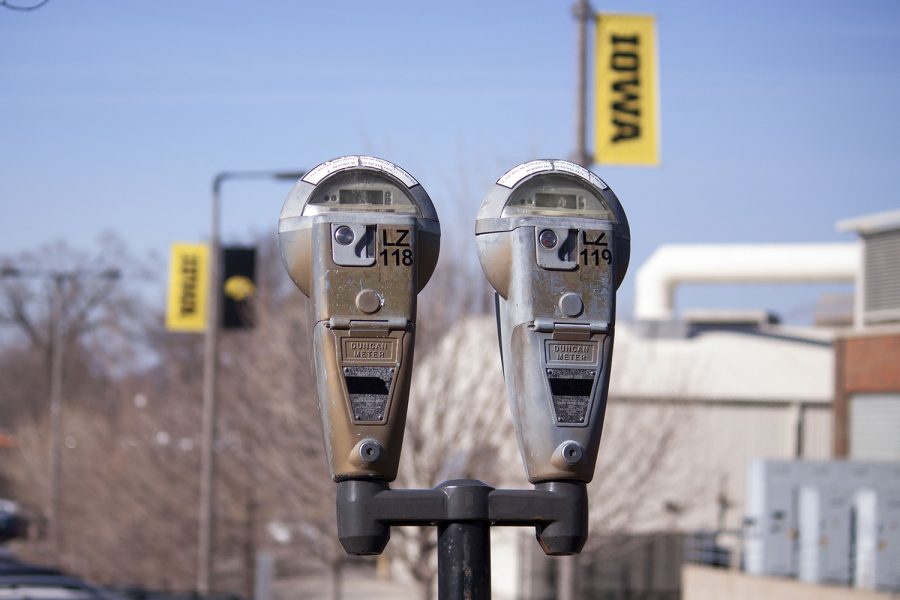The Park Road bridge is getting a flood-resistant makeover, but some Iowa City residents would rather reflect on the Taft Speedway levee.
City officials and HNTB Corp. engineers presented two new options Wednesday for raising Dubuque Street and the Park Street bridge to levels that would reduce debris-buildup and water overflow levels in a severe flood.
The first would raise both by 1 foot above 2008 flood level, while the alternative raises both by 1 foot above 500-year flood level — the latter marking a water-discharge difference of approximately 4,000 cubic feet per second.
HNTB engineer and Gateway Principle-in-Charge Steve Wells said the city is looking to spend $30 million to $40 million at most, though it is too early to tell how much more the 500-year option will cost.
“We’ve refined [plans] a bit since past meetings,” he said. “We’re not at the point where we’re making recommendations, but we can look at it in more detail.”
Water and debris were backlogged by the bridge’s support beams during the 2008 flood. Raising the bridge and widening its beams would alleviate the backup and lower flood levels on both Dubuque Street and the bridge itself, said Gateway Special project administrator Melissa Clow.
After the Gateway Project sets bridge levels this winter, HNTB officials will determine the renovated bridge’s new structure from three options: cable-stayed, in which cable-spanned towers uphold the bridge, girder, the bridge’s current design, and open-spandrel arch, in which long metal arches support the bridge.
However, Wells and Clow both said the firm needed more public input before settling on a bridge style by the Gateway project’s design phase, set to begin next summer and last through late 2013.
“A cable-stayed bridge would best benefit from a flood point,” he said. “There’s a big clearspan, and no log [debris] hang-up. But the most beneficial usually costs the most bucks. It’s always fun to see if you can get something cheap with big benefits.”
However, he said he wished city officials and engineers in charge of the Taft Speedway would have attended the meeting.
“The biggest questions were not addressed about Taft Speedway,” he said. “The [levee] is protecting buildings that should never have been built. Building [Parkview Church] higher would have made more sense.”
But other residents were less interested with bridge plans, expressing growing concern about the city’s Taft Speedway levee plans. Taft Speedway resident Joel Wilcox said city officials should ignore the speedway and focus on raising Foster Road — the next major street north of Park Road — instead.
“It’ll cost $12 million for the Taft Speedway levee, and we only have 8 million from [Community Development Block Grant] funds,” he said. “How will we get enough money to raise a half-mile of levee on top of Foster Road? It comes back to the people of Iowa City.”
Though Wilcox said the city needs flood protection by raising Foster Road, noting that the levee would likely cost too much money for a rare natural disaster.
“From my point of view, floods are a rare event that don’t last long in the grand scheme of things,” he said.






